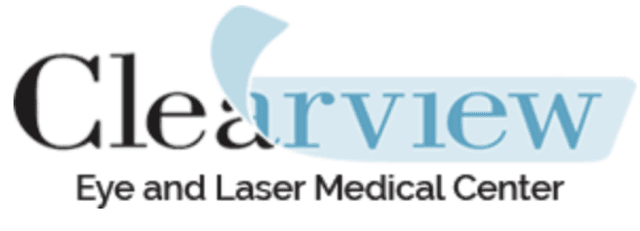


If you’re looking for a long-term vision correction solution, you may have come across Refractive Lens Exchange (RLE) as an option. But how does it compare to LASIK, Wavefront LASIK, ICL, or Cataract Surgery? What are the benefits, risks, and recovery process?
At ClearView Eyes, we specialize in advanced vision correction treatments, including Refractive Lens Exchange for presbyopia, high myopia, and astigmatism. In this blog, we’ll explore the pros and cons of RLE, compare it with other procedures, and address common concerns like blurry vision after refractive lens exchange, side effects, and insurance coverage.
Refractive Lens Exchange (RLE) is an eye surgery that replaces your natural lens with an artificial intraocular lens (IOL) to improve vision. It is similar to cataract surgery, but instead of treating a cloudy lens, RLE is performed to correct refractive errors like presbyopia, high myopia, and astigmatism before cataracts develop.
The Refractive Lens Exchange Procedure involves:
One of the most common questions patients ask is, “Should I choose RLE or LASIK?”
Another alternative to RLE is Wavefront LASIK, a technology that customizes laser corrections based on the unique imperfections in your eye.
If you are over 40 and need reading glasses, RLE is a better choice than Wavefront LASIK.
RLE and cataract surgery are very similar because both involve lens replacement. However, the key difference is why the surgery is performed:
By choosing RLE, you prevent cataracts from forming in the future!
Some patients consider Implantable Collamer Lens (ICL) as an alternative to RLE.
After the Refractive Lens Exchange Procedure, most patients experience blurry vision for the first few days to a week, which gradually improves.
🔹Blurry Vision After Refractive Lens Exchange – Temporary as your eyes adjust
🔹Light Sensitivity – Usually resolves within weeks
🔹Dry Eyes – Common but treatable with lubricating drops
🔹Glare or Halos – Some patients notice glare at night
While RLE is generally safe, there are some risks of refractive lens exchange, including:
⚠ Infection (rare but treatable with antibiotics)
⚠ Lens Displacement (may require adjustment)
⚠ Retinal Detachment (higher risk in high myopia patients)
At ClearView Eyes, our expert refractive surgeons minimize risks by using the latest technology and personalized treatment plans.
Most insurance providers do not cover elective RLE unless it is medically necessary (e.g., if you have severe cataracts). However, you can use:
Refractive Lens Exchange (RLE) is an excellent choice if you:

Call Us: (858) 452-3937
8:30AM - 7:00 PM - Monday through Saturday (Saturday until 11:30AM)